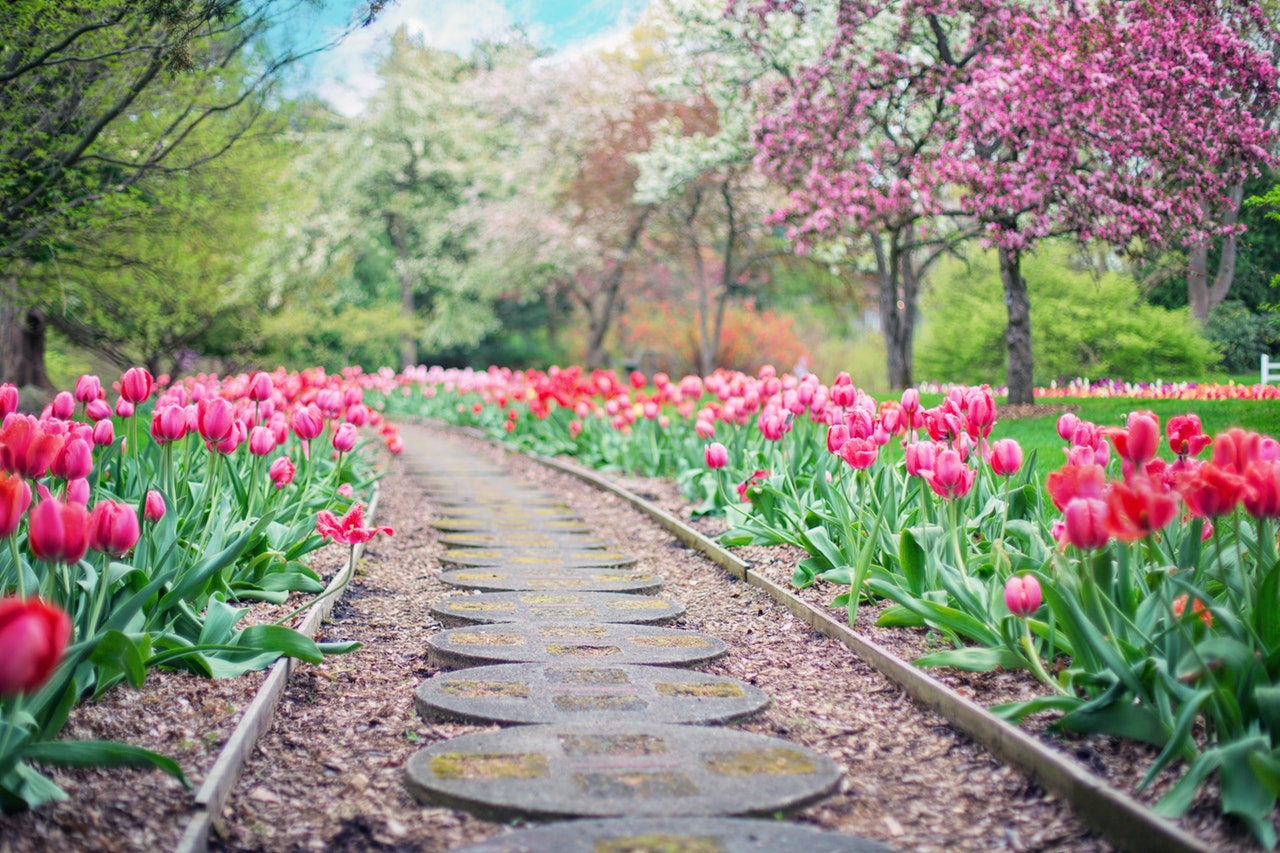Agriculture changed the way humans lived and interacted with their environment. Archaeologists date the dawn of agriculture to around 10,000 B.C., but innovations in gardening continued into the modern era.
The 1700s ushered in a variety of techniques and trends that are still in use today, from four-year crop rotation to the symmetrical patterns seen in botanical gardens.
Jethro Tull: Founder of New Husbandry
The 18th century started with a bang, where agricultural innovation is concerned. In 1701, the world’s first seed drill was invented. The horse-drawn sowing tool, which significantly sped up the process of planting seeds, is considered the earliest example of an agricultural machine. The machine’s inventor, Jethro Tull, also ushered in a movement in 18th-century agriculture referred to as "horse-hoeing husbandry."
Also called “new husbandry,” Tull’s concept of horse-hoeing husbandry was said to make the land itself more productive while reducing expenses. He published an essay subject as well as the principles of vegetation and tillage in 1731.
Innovations in Crop Rotation
One of Tull’s peers in 18th century England was Charles Townshend, a prominent politician, and agriculturalist. Townshend adopted an innovative rotation pattern, whereby crops were rotated on a four-year basis. Clover, turnips, barley, and wheat were typically used in the four-crop rotation.
Townshend chose turnips and clover due to their chemical benefits: clover adds nitrogen to the soil, while turnips were primarily used to feed livestock. In turn, the manure left behind by livestock helped enrich the soil. This technique also resulted in a longer livestock lifespan, since farmers didn’t have to worry about livestock food supply over the long winter months.
The Concept of “Barn Life”
What is today a whimsical architectural trend, barn living was born in the 18th century. By integrating living quarters into existing barns and outbuildings, peasants and farmers could live closer to their field and/or workplace. Barn living also helped prevent the theft of horses and livestock.
Many house barns were located in close proximity to the fields where crops were grown, some of which was an early precursor to the modern community garden.
Community-based Gardening
Despite their reputation as a modern concept, community gardens also emerged in the 1700s. This was more a practical move than anything else — community garden spaces fostered a healthier lifestyle and eating habits that allowed tenants to “grow food instead of purchasing it.”
The concept of garden fencing emerged around this time, with wealthy landowners dividing up sections of their fields and allocating those sections to peasants. In exchange, the peasants swore loyalty to the landowner, promising to fight for him “in times of conflict.”
A variety of flowers and crops were introduced in Europe in the 1600s and 1700s, and many of those plants made their way into community garden spaces, including potatoes, tomatoes, tulips, and sunflowers.
Seeds as a Marketing Tool
In the Americas, horticulturists were making savvy business decisions and changing the industry forever. The Shaker Seed Company, based in New York, was founded in the late 1700s by a religious sect known as the Shakers. It was the first company to sell seeds in paper packets, beginning in 1784.
The Shakers developed their seed company as a way to make extra money. They were avid gardeners who saved the best seeds from each growing season, to be planted the following year. Prior to the development of paper seed packets, seeds were sold in bulky cloth sacks. The move to paper packets allowed gardeners more success with planting since instructions were printed on the packets.
Gardening with Shape, Structure, and Style
At the same time as community gardens were being born, aristocrats and royalty commissioned botanical gardens that were more aligned with form and beauty than function. The modern, streamlined garden design trends of the 17th century are responsible for some of the world’s most breathtaking gardens.
One famous historical garden with roots in the 18th century is the Acharya Jagadish Chandra Bose Indian Botanic Garden in Calcutta, India. Today known as the Calcutta Botanical Garden, space merged form and function. Gardeners tending to the botanical garden experimented with plants used for trade, including spices and the Chinese tea-plant.
Linnaeus: Father of Taxonomy
Arguably the most important publication in the history of botany and horticulture also dates to the 18th century. In 1750, Carl Linnaeus of Sweden published his Philosophia Botanica, which marked the first time that plants were identified and named according to their species, a field known as taxonomy.
Linnaeus’ work was so revolutionary that it served as the basis for Charles Darwin’s Origin of the Species in the 19th century.
Final Thoughts
The 1700s were a time of great innovation in the fields of gardening and agriculture. Without four-field crop rotation, the taxonomy of plants, and paper seed packets, our world would be vastly different.
About The Author
Avery T. Phillips is a freelance human being with too much to say. She loves nature and examining human interactions with the world. Comment or tweet her @a_taylorian with any questions or suggestions.



